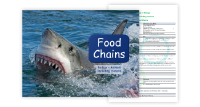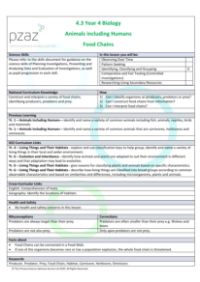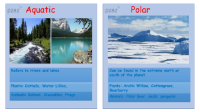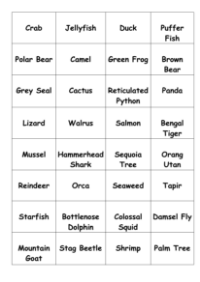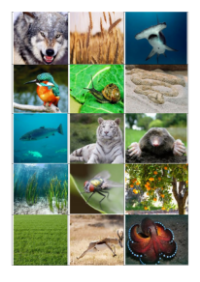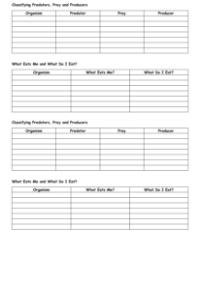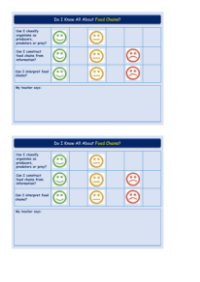Food Chains - Presentation
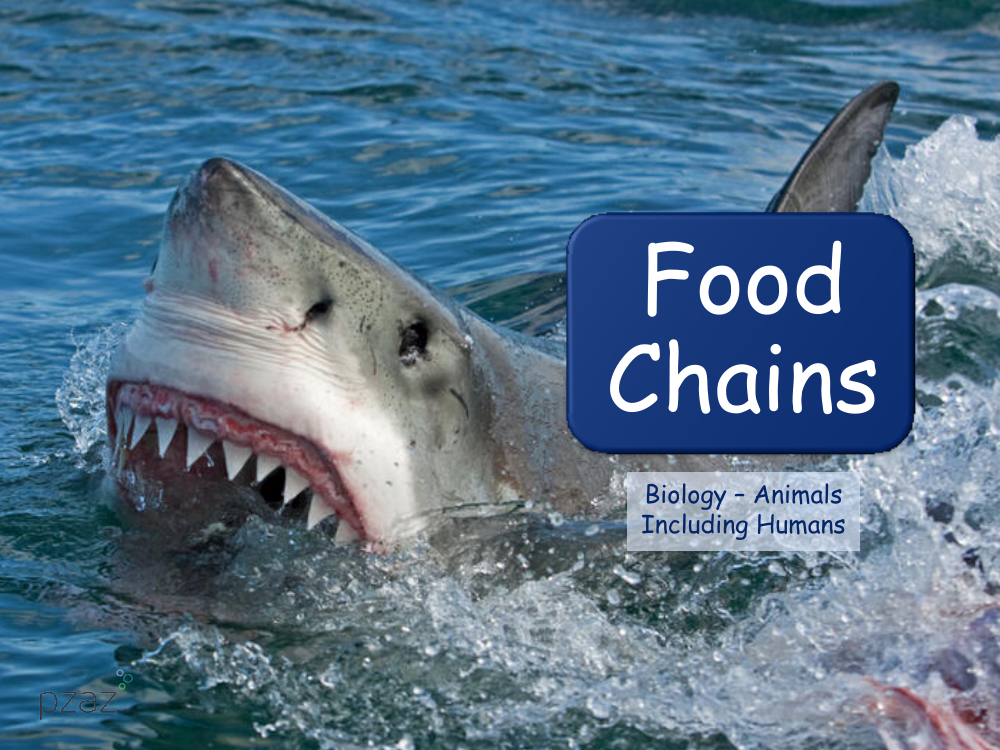
Science Resource Description
In a presentation about food chains, students are introduced to the fundamental concepts of biology related to animals and their feeding relationships. The session aims to equip learners with the ability to classify organisms within food chains as producers, predators, or prey. By engaging with the material, students will learn how to construct and interpret food chains using the information provided. The presentation sets out clear learning objectives, asking students to consider how they would describe an apex predator, identify which animals are prey, and recognize that plants are consistently referred to as producers within a food chain.
The presentation uses the example of an Arctic food chain to illustrate these concepts. It describes a scenario where polar bears, as apex predators, are at the top of the food chain, preying on ringed seals, which in turn feed on cod. The cod consume plankton, and the plankton feed on algae, which are producers. Interactive activities within the presentation encourage students to sort living things into categories of producers, prey, and predators, and to answer questions that deepen their understanding of these roles. Additionally, the presentation clarifies that while predators typically eat prey, they can also be prey themselves, unless they are apex predators, which have no natural predators. Students are tasked with creating food chains for different habitats, ensuring they correctly direct arrows to represent the flow of energy from prey to predator, and they are even prompted to design their own imaginary predator, reinforcing their grasp of the subject matter.

